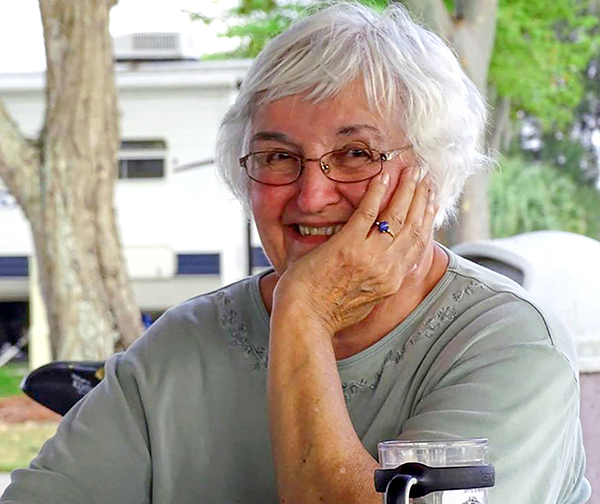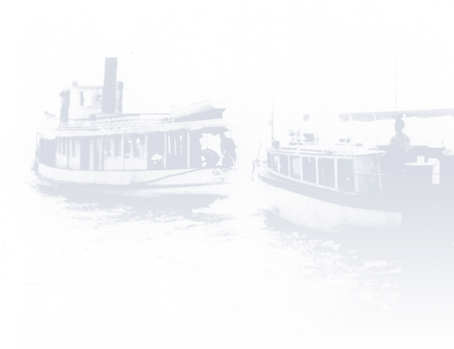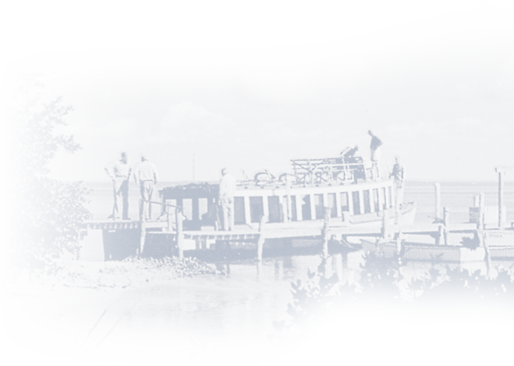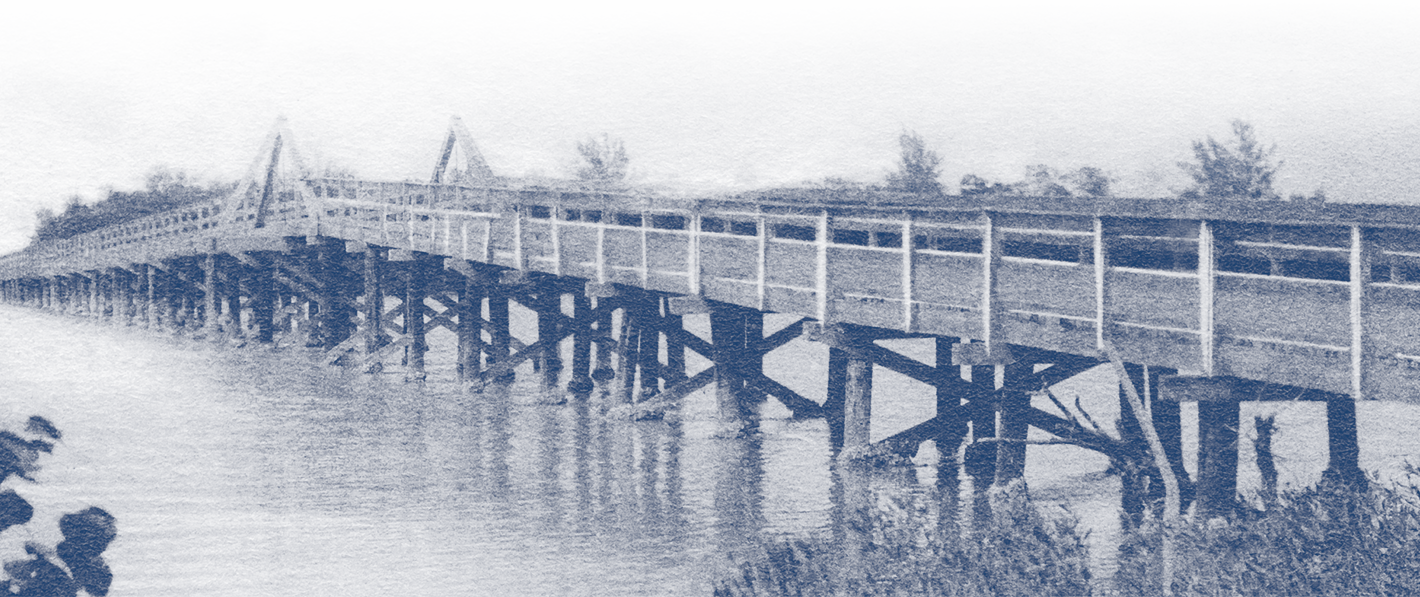Betty Anholt Joins CIHS Board
The Captiva Island Historical Society is extremely pleased to welcome Betty Anholt to the Board of Directors. One of the most knowledgeable experts on local history, Betty’s experience ranges from archaeological digs to the social and natural history of southwest Florida.
Last January, the CIHS Board and their guests enjoyed honoring Betty as she humbly accepted its first Guardian of History Award.
She had first come to Sanibel and Captiva as a child, vacationing from New Jersey. Subsequently she and her husband Jim settled on the islands t shortly after her graduation from Rutgers University. She absorbed the lore of the Islands, recounted by long-time locals, then researched additional sources to develop informative guided tours of the Islands. She wrote The Trolley Guide to Sanibel and Captiva, and five additional books on coastal history. In 2018 she co-authored a book with Charles LeBuff called Protecting Sanibel and Captiva Islands: The Conservation Story, and most recently published her first novel, Turtle Coast.
She has written monthly articles on Captiva history for the Captiva Current and won First Place statewide for a monthly column series in The Islander from the Florida Press Association.
Betty has volunteered her time on the boards of a number of diverse local organizations, including the Sanibel Library, where she has worked for twenty years.
She is a life member of the South West Florida Archaeological Society and worked at sites from Georgia to the Marco Island Cushing site. She has done numerous oral histories and transcriptions for the library and also one of primary source material for Florida Gulf Coast University, and Film and Television consulting on the history of Florida.
In appreciation of Betty joining the CIHS Board, its president, Tom Libonate, said: “The breadth and scope of Betty’s life work, her dedication and generosity will be most valuable gifts to the Captiva Island Historical Society.”


